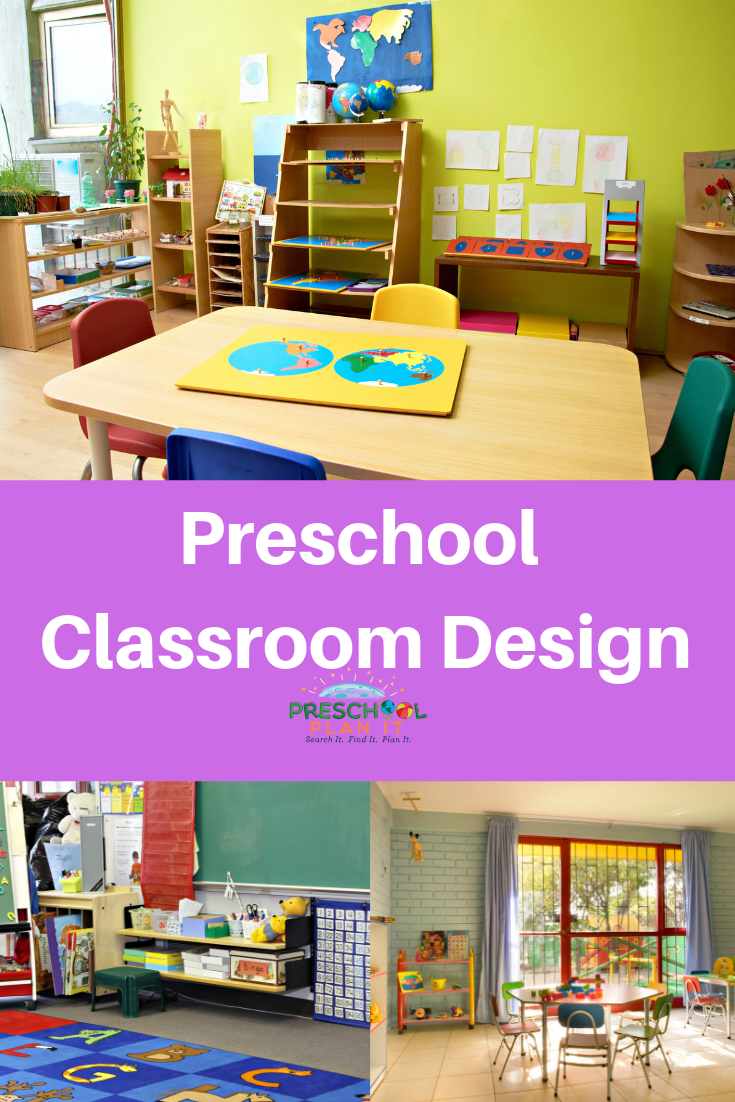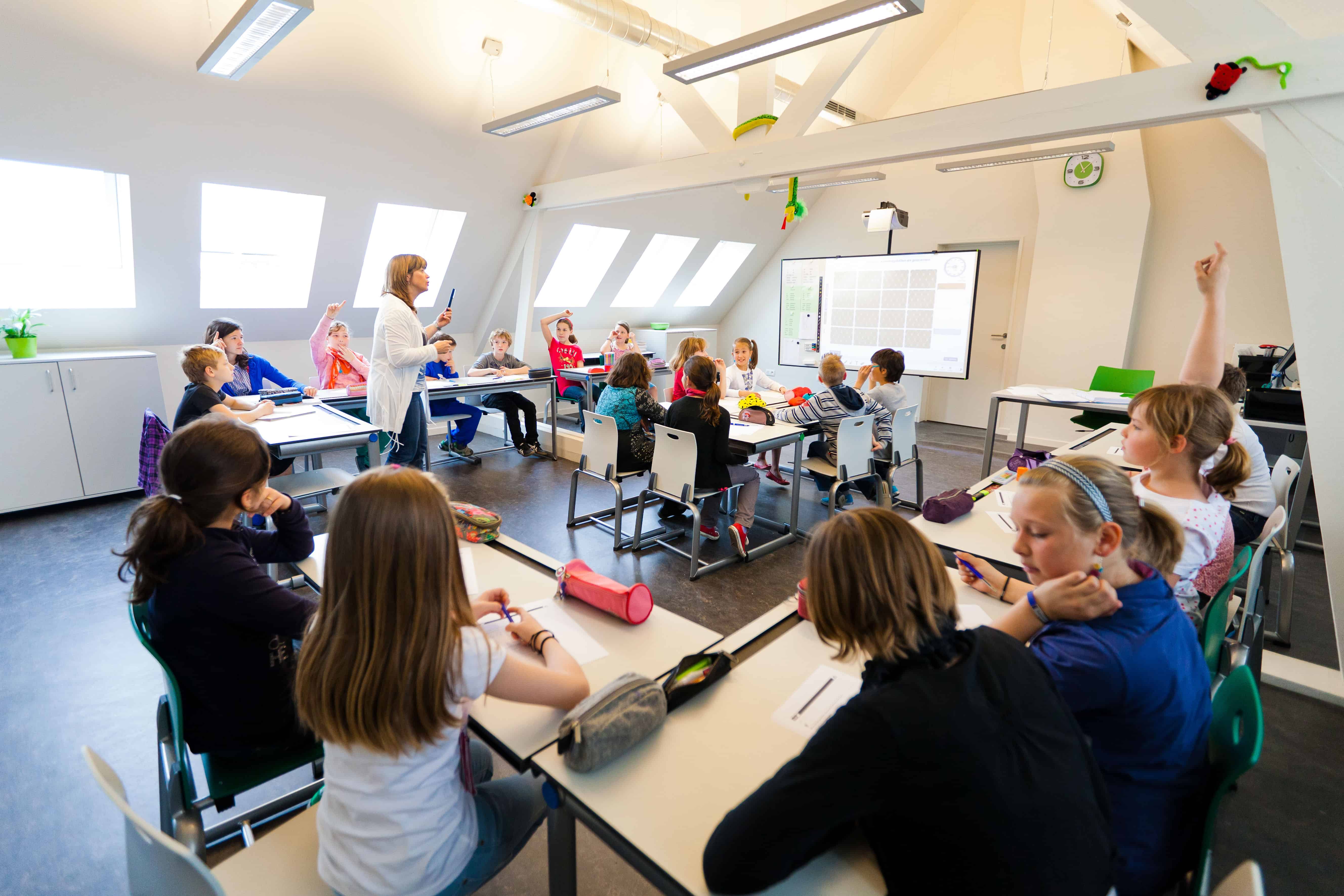Table Of Content
- How to Make a Classroom Seating Chart
- Obstacles to Education
- Step 3: Toggle Between 2D and 3D Views
- Pros and Cons of the Wall-Facing Computer Room Style
- Supporting Teachers as an Administrator: 5 Helpful Tips for School Leaders
- Concluding Comments: What the Research Says about Classroom Layouts and Learning
- Sample Classrooms

I’ve found this layout very easy for the teacher to access every student’s desk space quickly to provide tailored support. While there are issues with the idea of ‘authentic learning’, the basic idea is to have students learn in ways that mimic real life. Getting students to pretend they are a board of directors can have them mock real-life workforce situations.
How to Make a Classroom Seating Chart
Similarly, if you commonly have students give front-of-class presentations, this might be a good environment for you. The long rows both look out over a ‘runway’ of free, open space for presentations. Have students use the free space in the middle of the class to present their content or have guests give their presentations in the middle space.
Obstacles to Education
Teachers who are very lecture focused should design classrooms that are arranged in a more traditional series of rows and columns, allowing students to get a clear view of the lecturer. Select the classroom floor plan that most resembles the floor plan you have or would like to create. If you find a perfect match, then you can download an image or editable PDF and type the names of the students only. If you need to change the layout, then select the Powerpoint version.
Step 3: Toggle Between 2D and 3D Views
Once you have found the optimal seating arrangement, you can then move the desks and tables according to the seating plan. Considering the needs of differently-abled children, special education classroom layouts need to be much more diverse and activity-based. This layout depicts a simple seating structure with a few tables in the center for academic learning.
This shape tends to be problematic since it is difficult for the kids to move and very easy to chat with their fellow students. Consult your dedicated KI sales specialist or dealer partner on your ideas and discuss ways to support your specific instructional style and methods. If you’re able to, move your desk or table so that you have a corner or wall behind you. You can switch out what’s on the walls regularly based on week or unit of study. You could also hang shelves in the corner or on the wall so you have access to teaching props. And, a wall or corner is useful to hang your green screen, where you can record yourself teaching lessons in front of any photo or video.
Supporting Teachers as an Administrator: 5 Helpful Tips for School Leaders
This free resource allows you to design education spaces exactly as you see fit. With unlimited design freedom, you can craft the architecture of your space and outfit it with furniture configurations that serve the unique needs of your learning environments. The tool captures the dimensions of the room and distance between furniture and other fixtures to make space planning a pleasure. The tables are nested in four groups, with the teacher's desk tilted for a complete class view. This type of seating layout can be advantageous for promoting cooperation and teamwork between peers.
The instructor will also be able to keep track of their activity more efficiently. However, some students may face difficulty viewing the board and get distracted easily. This is a good seating plan for pre-schools but would require stricter monitoring by the instructor.
Inside Burleson ISD's new Game Design School - NBC DFW
Inside Burleson ISD's new Game Design School.
Posted: Fri, 16 Feb 2024 08:00:00 GMT [source]
Creating The Best Classroom Design For Learning: Ideas, Setups, & Color Palettes Individual Pay via PO

Modifications are also common in universal design for learning setups. Instead, the class should be laid out that matches an instructor’s teaching style and maximizes the learning outcomes of that instructor’s students. Students shouldn’t be allowed to pick their own seats without restriction. Instead, the learning activities being conducted that day should dictate the seating arrangement. One interesting element of classroom design is the concept of ownership. Ownership refers to designing a classroom such that students and teachers feel that they own the space around them.
Five Essential Design Books to Decolonize Your Studio, Library, and Classroom - PRINT Magazine
Five Essential Design Books to Decolonize Your Studio, Library, and Classroom.
Posted: Tue, 31 Oct 2023 07:00:00 GMT [source]
Sample Classrooms
You know the ones -- the kid who rarely earns stars and class bucks, the kid who never brings homework, the kid whose name is called far more frequently than others (but usually for remonstration). When deep focus is needed for independent learning, there’s really no substitute for quiet spaces—and conveying information orally only works when kids can discern who is speaking and what they’re saying. “Effective listening is a linchpin of school learning,” researchers assert in a 2013 study. Our comprehensive, all-in, research-based look at the design of effective learning spaces.
The choice in layouts reflect very different teaching philosophies. Small groups indicate that a teacher emphasizes classroom cooperation, while rows and columns are used by teachers who want to focus on creating a stable, quiet classroom environment. It should be noted that the choice of layout doesn’t have to remain static and teachers may choose to change the layout based on changing circumstances. At the beginning of the year, rows and columns may help create a stable, quiet environment, but teachers may later choose to adopt group clusters to shift the class toward a cooperative environment. When it comes to learning, many teachers concern themselves with things like teaching methods, parental support, and differential instruction.
One of the best ways to create an inviting classroom design is by mixing up your seating options. Early childhood expert Dr. Sandra Duncan collaborated with an educational architect on this article that offers creative strategies for utilizing classroom space. Even though the article was originally written as a response to social distancing, the strategies and tips are applicable in any early childhood environment.
Choose the floor type, wall color, exterior window view, architectural details and so on until you’ve created your ideal space … the classroom of your dreams. The seating arrangement should make all students visible to the instructor. This will help the teacher monitor their activities and aid in an interactive classroom. You can share these ideas from Khan Academy with parents on how to set up a productive at-home learning space for kids. Similar to the previous tip, use the wall or corner to set up a whiteboard or poster.
Personal whiteboards, chalkboards, tablets and digital whiteboards are just some of the tools students can use for their written work. Be mindful of cluttering the walls, though, as we covered in tip #1. We Are Teachers recommends adopting the “one-month-on-the-wall” rule for finished student work or unit-specific materials. Maintain a steady schedule for students to take home their projects; alternatively, start a digital showcase portfolio that students and their families can access from home at any time. As much as we like to make our classrooms colorful and interesting, remember that too much of a good thing can negatively impact student performance. Take a less-is-more approach to classroom decor, and even ask your students to weigh in on what they like or don’t like in the room.
Classroom design is steadily moving in the direction of active learning, with furniture and floor plans that encourage student-led learning and collaboration. The Kindergarten classroom layout needs to be fun and interactive for self-exploration and effective academic growth. Therefore, a seating plan like the picture below can seem like a perfect idea. This is a basic and colorful arrangement with student tables arranged in a group of fours and six.
Adjacent to the tables is an activity area for the kids for hands-on activities to promote individual growth or teamwork collaboration. The room allows creating a multitude of learning experiences and accommodates the needs of different learners. The picture below shows a simple yet very well-thought classroom layout. This is a group seating arrangement with alternately arranged tables, decreasing distractions and off-task behavior.
However, the limitations placed upon how teachers can operate are not limited to technology. In many cases, the geometric form of the room may have a real impact on how teachers can seat their students. This can impact both how technology is used and how students are more generally arranged when teachers are trying to optimize the layout for certain classroom activities. With this in mind, we are excited to introduce our new classroom design tool called Classroom Planner.

No comments:
Post a Comment